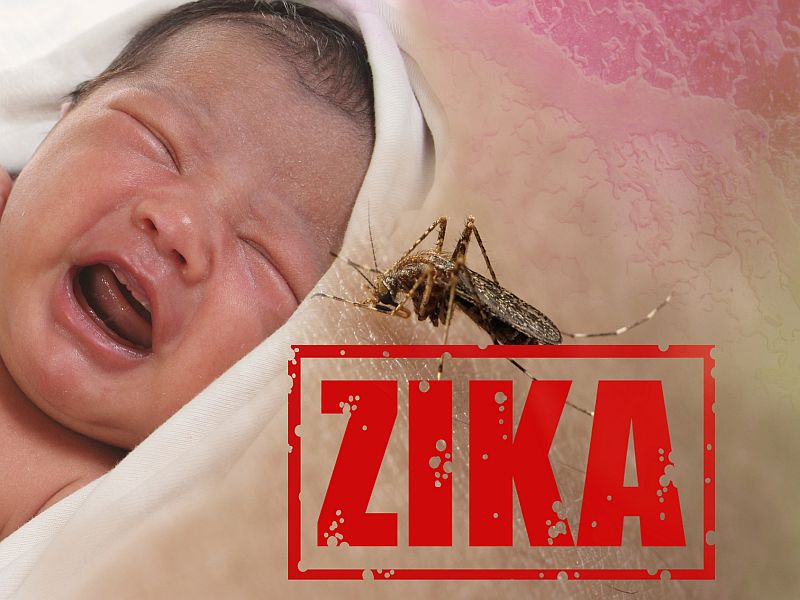
Utrasounds and MRIs during pregnancy and after birth can detect most Zika-related brain abnormalities in infants, researchers report.
If a woman is infected with the Zika virus during pregnancy, her child can be born with microcephaly and other severe brain defects, the U.S. Centers for Disease Control and Prevention says.
The new study included 80 women in Columbia and two women in the United States who were exposed to Zika during pregnancy. The two U.S. women were exposed when they traveled to areas with active Zika transmission.
All of the women received fetal MRIs and ultrasound during the second and/or third trimester of pregnancy. After their infants were born, the children received brain MRIs and cranial ultrasounds.
Fetal MRI was able to detect Zika-related brain damage as early as 18 weeks’ gestation and picked up significant fetal brain abnormalities not fully apparent in ultrasound imaging.
“A combination of prenatal MRI and [ultrasound] was able to detect Zika-related brain abnormalities during pregnancy, giving families timely information to prepare for the potential complex care needs of these infants,” said study lead author Dr. Sarah Mulkey. She’s a fetal-neonatal neurologist at Children’s National Health System in Washington, D.C.
Scans after birth revealed some brain defects not previously seen.
“In our study, we detected mild brain abnormalities on postnatal neuroimaging for babies whose imaging was normal during pregnancy. Therefore, it is important for clinicians to continue to monitor brain development for Zika-exposed infants after birth,” Mulkey said in a Children’s National news release.
The imaging “revealed that the majority of Zika-exposed fetuses had normal brain development. Tragically, in a small number of pregnancies, Zika-related brain abnormalities were quite severe,” Mulkey said.
“Our data support the CDC’s recommendation that cranial [ultrasound] be performed after Zika-exposed babies are born,” Mulkey said. “In addition, there is clearly a need to follow these babies over time to gauge whether the brain anomalies we see in imaging affects language, motor and social skills.”
The study was published online recently in the journal JAMA Pediatrics.
As of October 2018, nearly 2,500 pregnant women in the United States had laboratory-confirmed Zika infection, and about 2,400 of them had given birth, according to the CDC. More than 100 U.S. infants have been born with Zika-associated birth defects, but most Zika-exposed U.S. infants were seemingly normal at birth.

